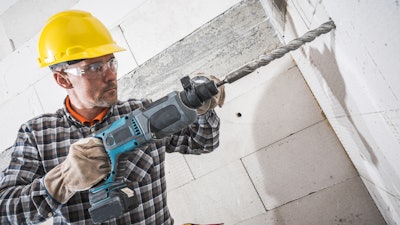
Any contractor working with or around concrete is familiar with the rotary hammer. It is a specialized tool that shines when it is performing the work it was meant to perform, namely frequent drilling in concrete. Setting anchor bolts, rebar doweling and drilling through concrete are just a few of the leading applications for rotary hammers. Larger rotary hammers are also designed for light demolition work.
Contractors have several factors to consider when choosing between a rotary hammer and its close cousin the hammer drill. In short, as the size of a hole and the number of holes to be drilled increases, contractors should lean toward a rotary hammer over a hammer drill. In addition, the harder the cementitious material, the less effective a hammer drill will be.
The concrete working environment is a tough one on any tool. Here are a few tips to help keep your rotary hammer working efficiently.
- Stop pressing so hard and let the tool do the work.
- Let the material you’re drilling and the size of the hammer determine the type of bit you use.
- Wipe off any dirt and debris from the end of the bit that goes into the hammer to prevent tool holder failure and jamming.
- Grease the bit shank every time you change bits to prevent premature wear of the bit holder.
- Use manufacturer-recommended grease and follow weight and viscosity guidelines.
- Know what your tool's LED service lights mean and follow the recommended maintenance guidelines when they alert you.
To read more about rotary hammers and recent industry innovations in vibration reduction and dust control, read Breakthroughs in Hammer Designs by Equipment Today magazine.
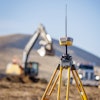
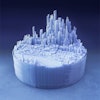
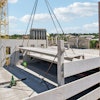


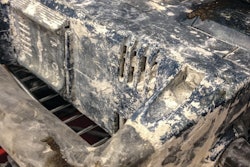
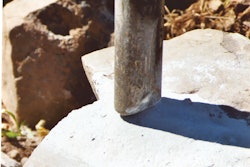
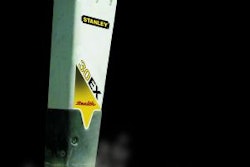






![Fcp Racatac Chair 10893876[1]](https://img.forconstructionpros.com/mindful/acbm/workspaces/default/uploads/2025/10/fcp-racatac-chair-108938761.10l0At5WXv.png?ar=16%3A9&auto=format%2Ccompress&bg=fff&fill-color=fff&fit=fill&h=135&q=70&w=240)




